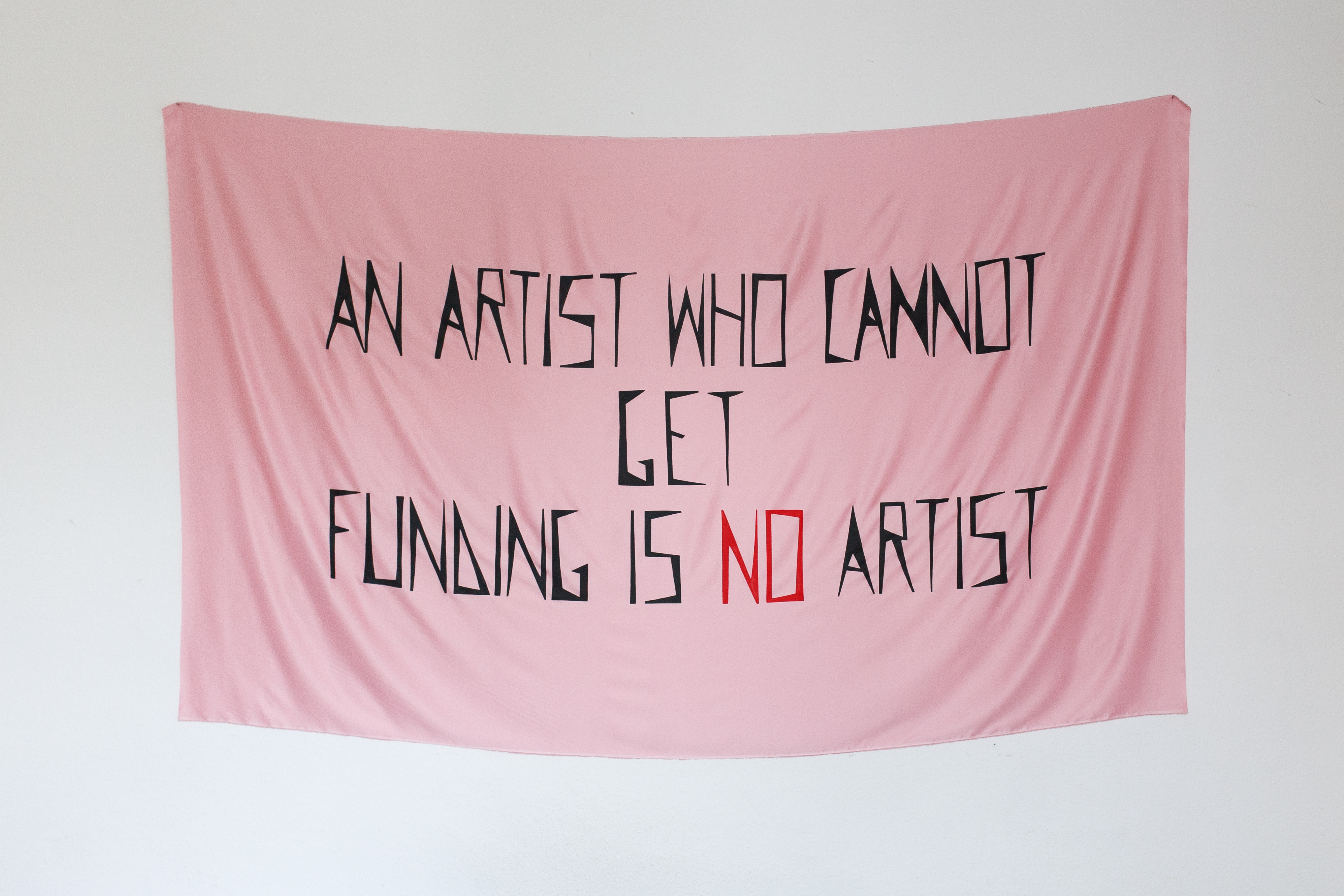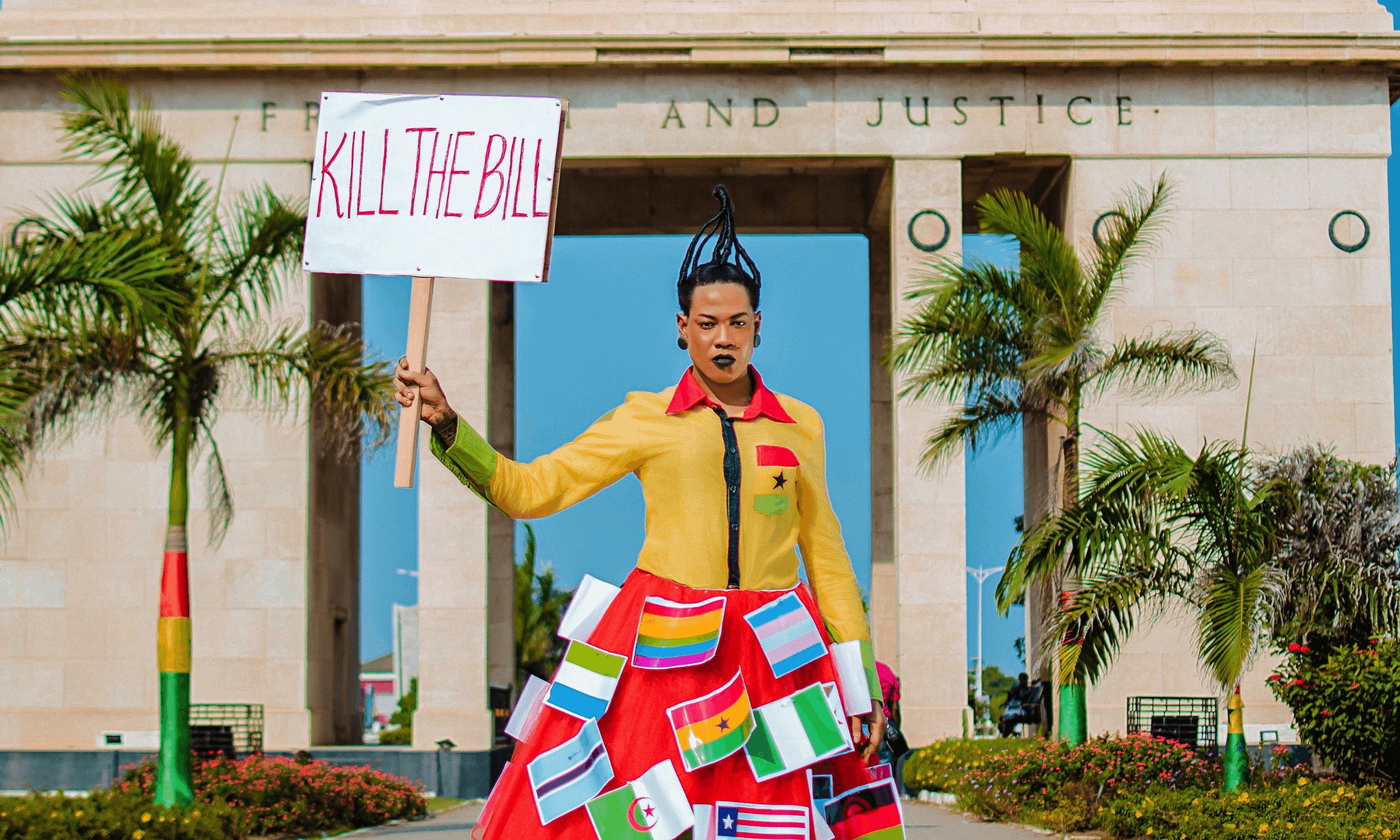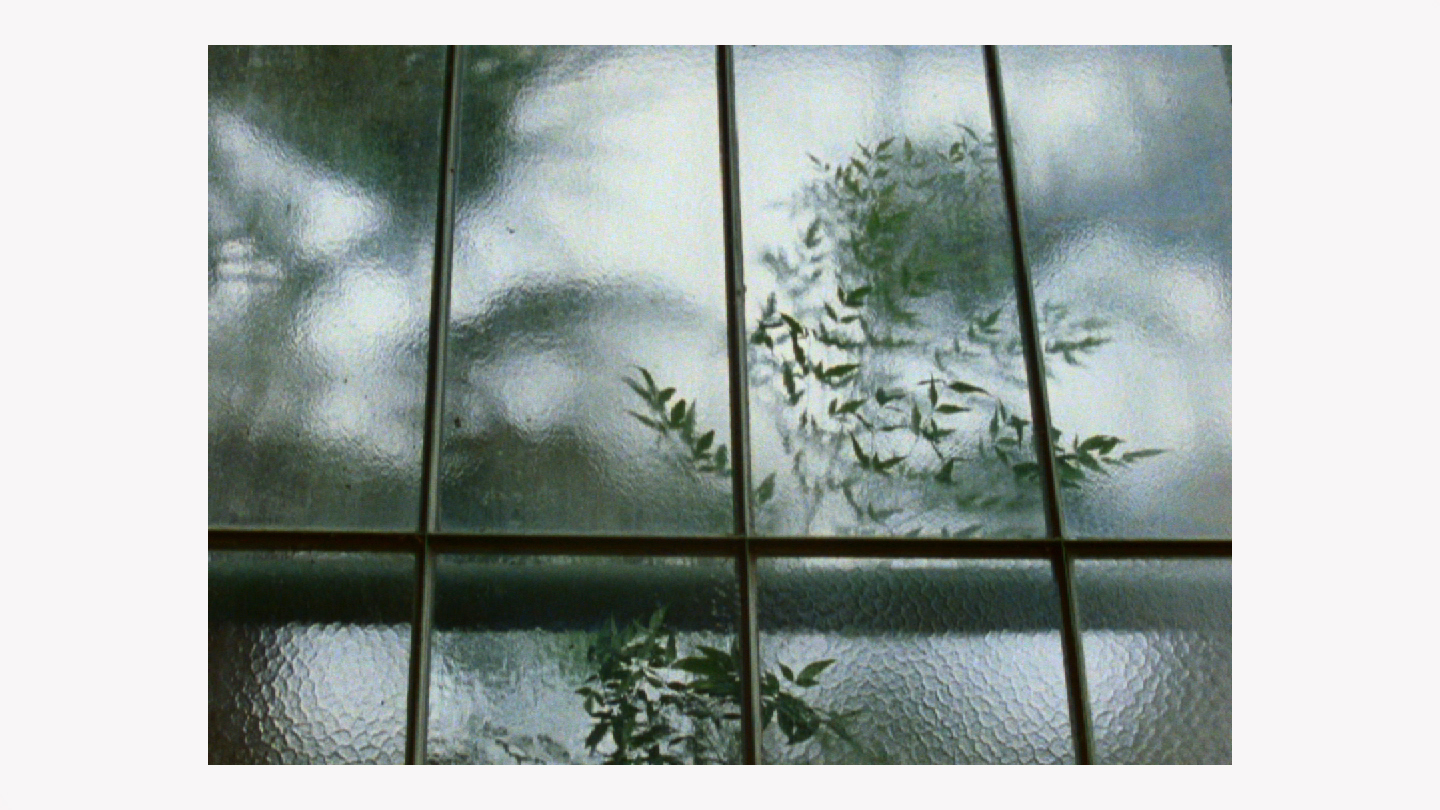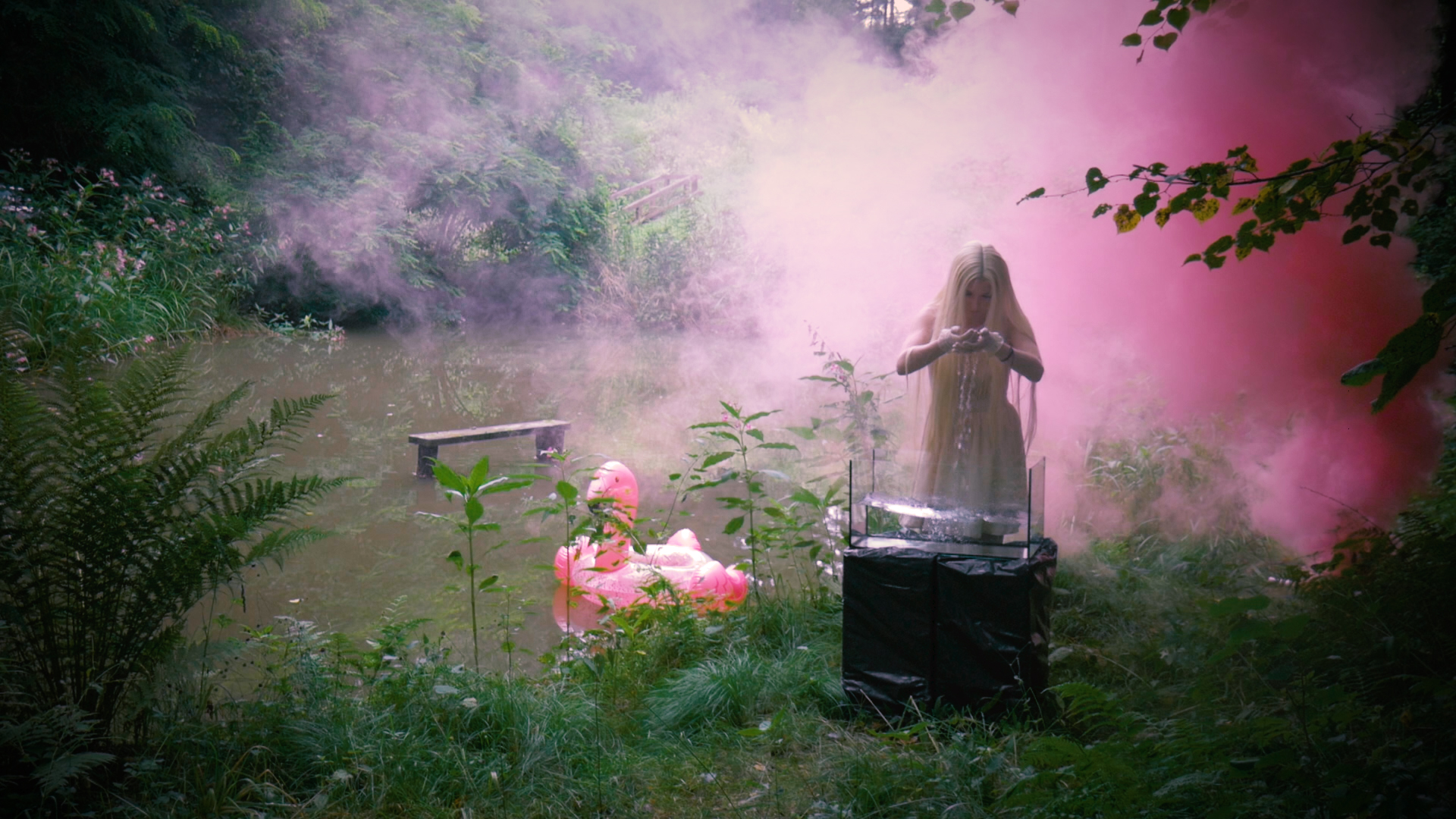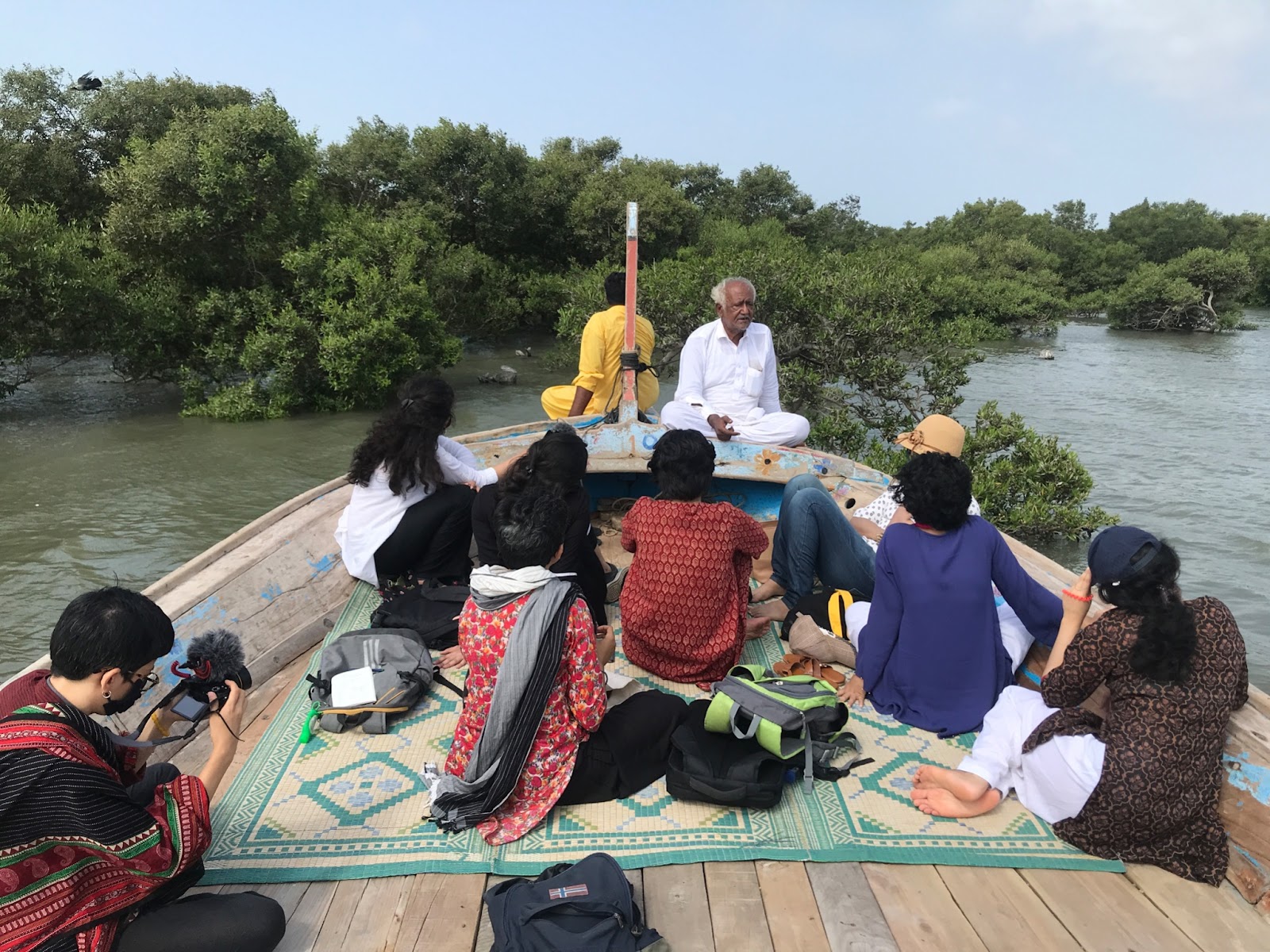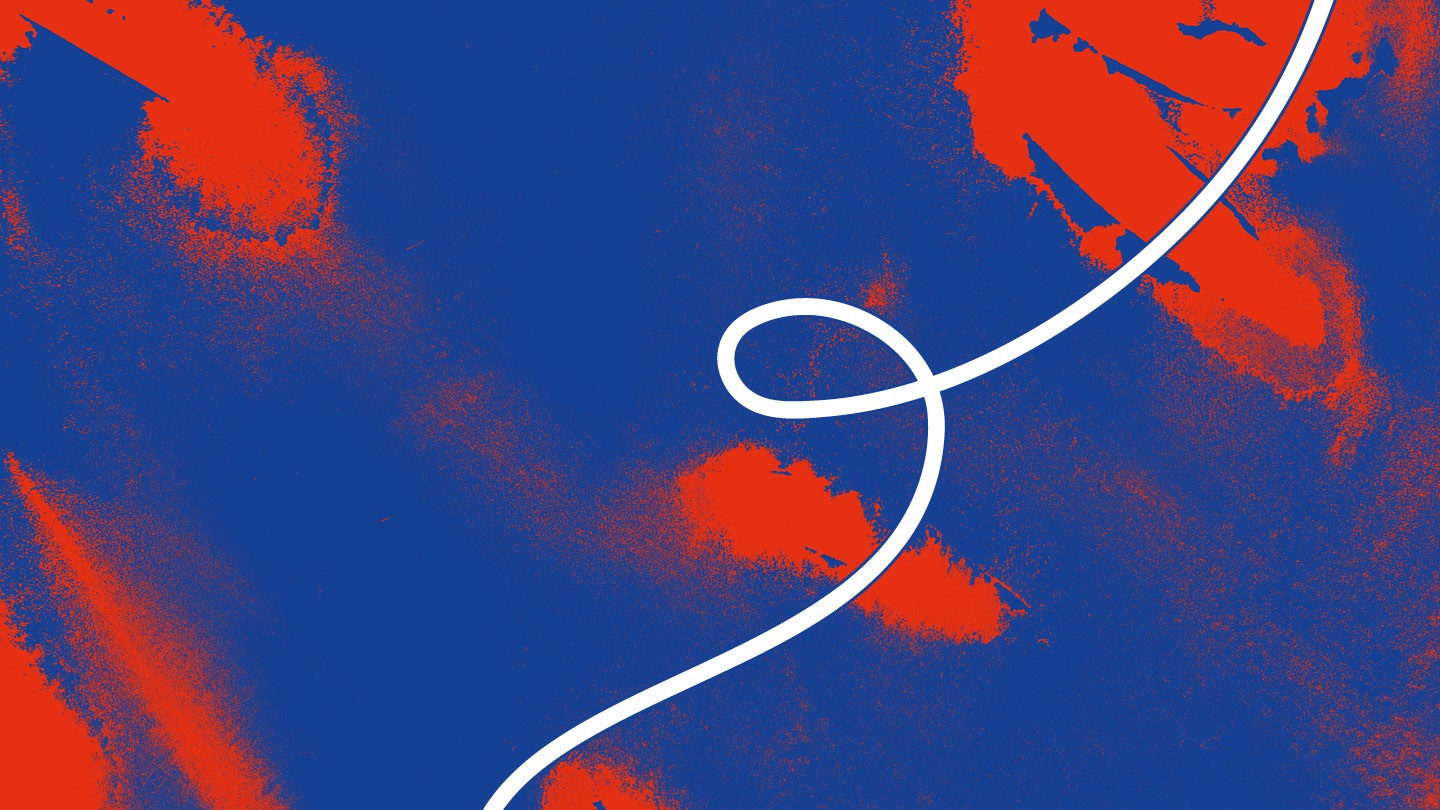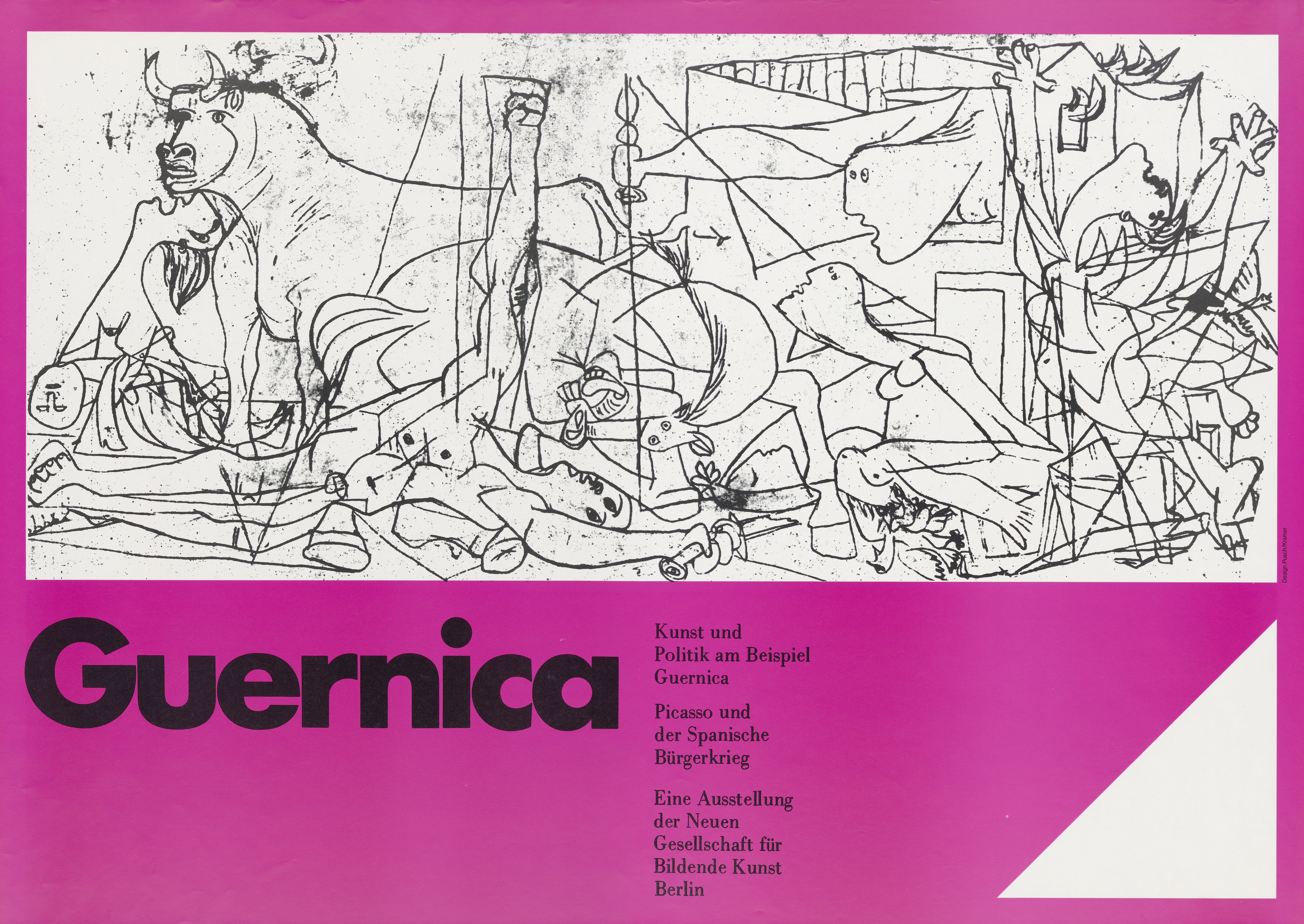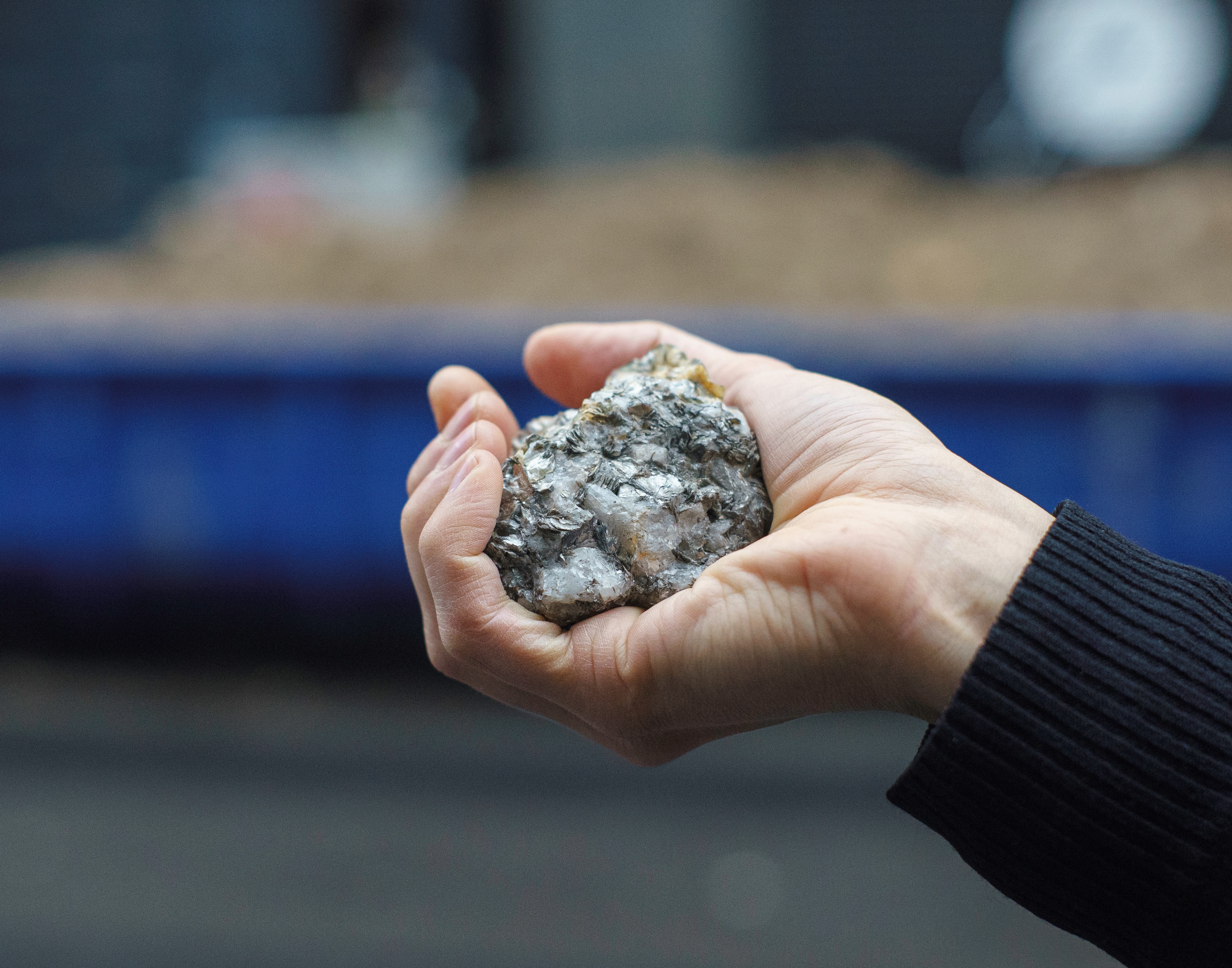November 25, 2022–January 9, 2023
neue Gesellschaft für bildende Kunst (nGbK) and Berlinische Galerie are pleased to present the exhibition Class Issues—Art Production In and Out of Precarity.
Extreme class differences collide within the field of art. The promise of an art-world career is often accompanied by lived realities and conditions of production entrenched in precarity; behind the glamourous image of the artist lurk shrouded poverty and relations of dependence. The exhibition Class Issues—Art Production In and Out of Precarity explores how strongly one’s background influences access and careers, thematizing the ways in which art production is largely dependent on economic, social, and cultural capital.
To this end, Class Issues brings together works from the collection of the Berlinische Galerie with contemporary positions—from drawings and paintings to installation, video, and audio works. Along five thematic strands, works have been selected that illuminate experiences of inclusion and exclusion while negotiating questions that erupt from the presence of classism within the field of art.
In doing so, classism is considered alongside racism, sexism, and ableism, adopting an intersectional perspective in recognition of the fact that different forms of discrimination are often interlocked. The consequences of such experiences of discrimination can negatively impact mental health or manifest themselves in self-doubt. Liang Luscombe’s fabulative video satire illustrates these connections: as a way out of the shambles of debt, the protagonists consider looting, selling their own teeth, or fleeing to a Caribbean tax haven.
Classism and access
When one’s background impedes access to educational institutions, exhibition opportunities, or funding, classism is usually at play. This has as much to do with a lack of financial resources as it does with having insufficient contacts or knowledge required to write grant applications. Yet, funding is a crucial factor for an artist's career; Vlad Brăteanu names its importance on his banner declaring “An artist without funding is no artist”.
Conditions of production
How can one make art when neither money nor space is available? The exhibition presents works that negotiate and document the precarious working and living conditions within the field of art. For example, many artists are limited in format and materials according to the availability of resources—or lack thereof; meanwhile, other bodies of work perpetually remain in the proposal stage. Projects by Douglas Boatwright and Verena Pfisterer make the act of working in and out of precarity tangible: when the printer malfunctions, the "misprint" literally indexes the lack of resources; when there are no means to realize the expansive installation, a small-format concept sketch is all that remains. The exhibition concept deliberately includes the wall labels, providing information about the actual production costs of some of the works.
Art market
The field of art is characterized by a paradoxical simultaneity. While the works of a few artists fetch astronomical prices, others work under precarious conditions and finance themselves through jobs at minimum-wage level. The spokesperson for Berlin’s professional association of visual artists (bbk), Frauke Boggasch, shows the absurdities of life in the art scene via recordings of her long-awaited fellowship and residency in Paris, where her privileges, albeit short-lived, clash with the lack of access for people living on the streets.
Areas of neglect
Many problems remain unvoiced out of shame. For example, (old-age) poverty is a taboo subject in an art world that often sees itself as critical and progressive. It even affected Hannah Höch, whose works are some of the most prominent within the collection of the Berlinische Galerie, and it continues to impact numerous artists living today, as witnessed in letters from artists over sixty who applied for funding during the Corona pandemic. Also on view are works by artists without academic training and those with physical or mental impairments—positions that, due to the barriers of entry, often remain invisible.
Options for action
The negotiation of class issues leads to questions surrounding potential courses of action that could counter classism. This includes efforts to make production conditions transparent; for example, the members of La Buse choose to only work collectively, positioning themselves against the idealized image of the individualized artist via a communal practice of anonymized production. In this way, discrimination is presented as intertwined and paths towards a more solidary art world are demonstrated.
Class Issues will be complemented by a film program in the IBB video room at Berlinische Galerie, as well as by a program of events and workshop aimed at expanding the themes taken up in the exhibition.
With works by Douglas Boatwright, Frauke Boggasch, Verena Brakonier / Greta Granderath / Jivan Frenster, Vlad Brăteanu, Margit Czenki for Der goldene Engel–Pro System with Die Mission – künstlerische Maßnahmen gegen die Kälte e.V., Karolina Dreit / Kristina Dreit / Anna Trzpis-McLean (Arbeitszyklus Working Class Daughters), Paul Goesch, Martin Elmar de Haan / Anonym, Hannah Höch, Matthias Horn, Marion Lebbe / Caroline Sebilleau / Emmanuel Simon, Liang Luscombe, Franziska König, Silke Nowak, Verena Pfisterer, Jelka Plate, Karin Powser, Arthur Segal, Christian Specht, Margret Steenblock / ClaraRosa, Anna Schapiro, Hito Steyerl / Giorgi Gago Gagoshidze / Miloš Trakilović, Gabriele Stötzer, Mika Svolos, Gülbin Ünlü, Anna-Lena Wenzel, Norbert Witzgall
nGbK project group Class Issues: Frauke Boggasch, Silke Nowak, Anna Schapiro, Anna-Lena Wenzel, Norbert Witzgall
The project is a cooperation between nGbK and Berlinische Galerie, where the exhibition will be realized.
Press contact nGbK: Lutz Breitinger, T +49 (0)30-616 513 13, presse@ngbk.de
Press contact Berlinische Galerie: Ulrike Andres, T +49 (0)30-78902 829, andres@berlinischegalerie.de
